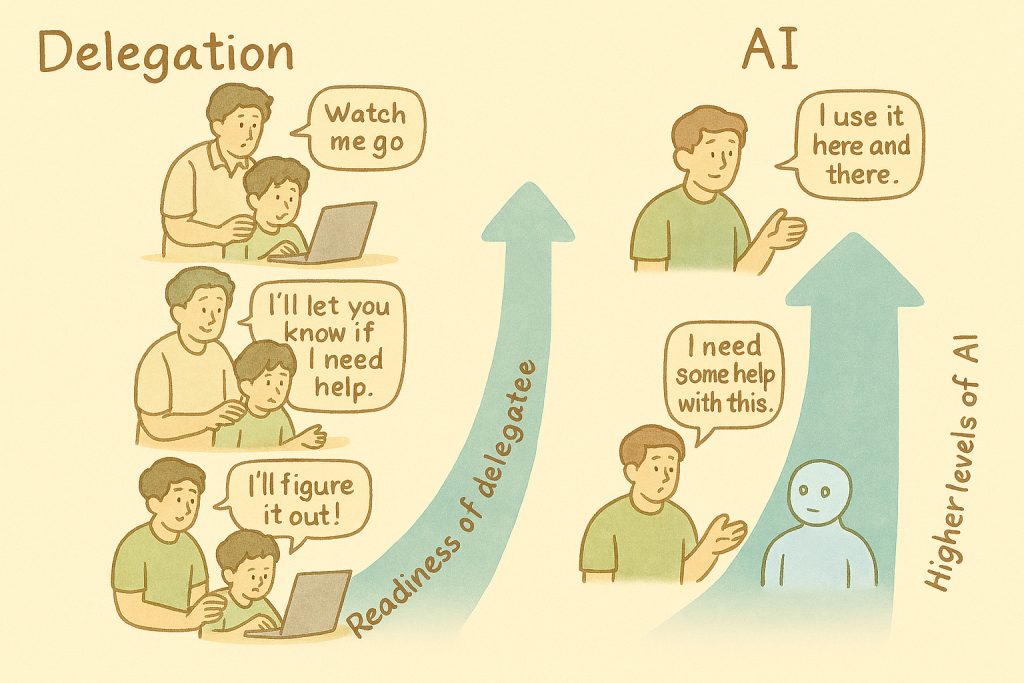Challenge
The names, characters, dialects, and phrases are imaginary.
Yesterday, I was one among the spectators, to an event performed at the local stadium. The event may appear to have a certain resemblance to a competition for the first-time visitor. But it was strictly not a competition. Professionals from different disciplines demonstrated their talents.
Every year, pupils from the School of Drona, enthrall the audience with their stellar performance. This year is no exception. An archer, Arjun, fascinated us, by striking the target, by looking at the reflection of it in a pool of water.
Drona, a staunch believer in the personalized coaching school of systems, has helped many individuals to realize their potential.
I decided to interview him the next day to understand how Drona helps these professionals, in transforming themselves into extraordinary performers.
I visited him the next day, to unravel the secret.
Lying on a futon, Drona was relishing in the memories of the previous day.
Drona said, “It is obvious that every great performer practices well, but practice alone is not adequate to become an elite performer.”
He continued narrating about Arjun and his coaching strategy.
Arjun approached him around 6 months before and requested to coach him towards improving his accuracy in striking the target.
Drona guided Arjun to discover the wildly important objective. Arjun is now focusing on realizing an “objective” of 5 misses* in 100 aims in 6 months down the line. (SMART isn’t it?)
Drona helped Arjun to discover 3 “onward” tasks, to be performed for the next three weeks. Let us call the tasks as T1, T2, and T3.
Both of them “observe” the results every week.
Please suggest any possible data-driven techniques that Drona may leverage and ways to align towards the potential of achieving the objective.





